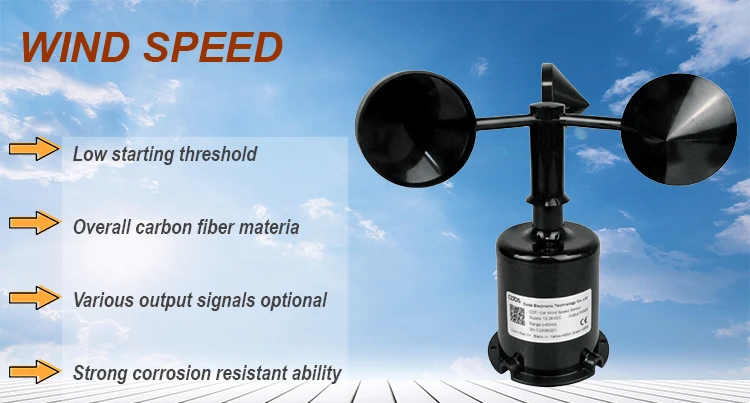Wind Speed Measurement Instruments: Types and Applications

# Wind Speed Measurement Instruments: Types and Applications
## Introduction to Wind Speed Measurement
Measuring wind speed is essential in various fields, from meteorology and aviation to renewable energy and construction. Accurate wind speed data helps professionals make informed decisions, ensure safety, and optimize operations. Several instruments have been developed to measure wind speed, each with unique features and applications.
## Common Types of Wind Speed Instruments
### 1. Anemometers
Anemometers are the most widely used instruments for measuring wind speed. They come in several types:
– Cup Anemometers: These consist of three or four cups mounted on horizontal arms that rotate with the wind. The rotation speed is converted into wind speed.
– Vane Anemometers: Also known as propeller anemometers, these devices have a propeller that aligns with the wind direction and measures speed based on rotation.
– Hot-Wire Anemometers: These use electrically heated wires whose cooling rate is proportional to wind speed, providing precise measurements in low-speed conditions.
### 2. Wind Vanes
While primarily used to measure wind direction, wind vanes often work in conjunction with anemometers to provide comprehensive wind data. Some advanced models integrate both functions into a single device.
### 3. Sonic Anemometers
These modern instruments use ultrasonic sound waves to measure wind speed and direction. They have no moving parts, making them durable and low-maintenance. Sonic anemometers are particularly useful in research and high-precision applications.
### 4. Pitot Tubes
Originally developed for aircraft, pitot tubes measure wind speed by comparing static and dynamic air pressure. They’re commonly used in aviation and industrial applications where precise airflow measurements are critical.
## Applications of Wind Speed Instruments
### Meteorology and Weather Forecasting
Accurate wind speed measurements are crucial for weather prediction models and storm tracking. Meteorological stations worldwide rely on anemometers and other instruments to collect data for forecasts and climate studies.
### Wind Energy
The wind power industry depends heavily on precise wind speed measurements to:
– Assess potential sites for wind farms
– Optimize turbine placement
– Monitor performance of installed turbines
– Predict energy output
### Aviation and Maritime Operations
Airports and ships use wind speed data for:
– Safe takeoff and landing procedures
– Navigation planning
– Storm avoidance
– Operational efficiency
### Construction and Engineering
Wind speed monitoring is critical for:
– Crane operation safety
– High-rise building construction
– Bridge and tall structure design
– Assessing wind loads on structures
## Choosing the Right Instrument
Selecting the appropriate wind speed measurement device depends on several factors:
– Required accuracy level
– Environmental conditions
– Measurement range needed
– Frequency of data collection
– Budget constraints
– Maintenance requirements
For most general applications, cup or vane anemometers provide reliable measurements at reasonable costs. Research and high-precision applications may require more sophisticated instruments like sonic anemometers.
## Maintenance and Calibration
To ensure accurate measurements over time:
– Regularly clean instruments to prevent debris buildup
– Check for physical damage or wear
– Calibrate according to manufacturer specifications
– Protect sensitive components from extreme weather when possible
– Replace batteries or power sources as needed
Proper maintenance extends instrument lifespan and maintains data quality, which is especially important for long-term monitoring projects.
## Future Trends in Wind Measurement
Advancements in technology continue to improve wind speed measurement:
– Integration with IoT for remote monitoring
– Development of more compact and portable devices
– Enhanced data processing capabilities
– Improved durability for harsh environments
– Lower-cost solutions for widespread deployment
These innovations will make wind speed data more accessible and reliable across various industries.
## Conclusion
From simple mechanical anemometers to sophisticated sonic sensors, wind speed measurement instruments play a vital role in numerous applications. Understanding the different types available and their appropriate uses helps professionals select the right tool for their specific needs. As technology advances, these instruments will become even more precise, durable, and integrated into our
Keyword: measure wind speed instrument
